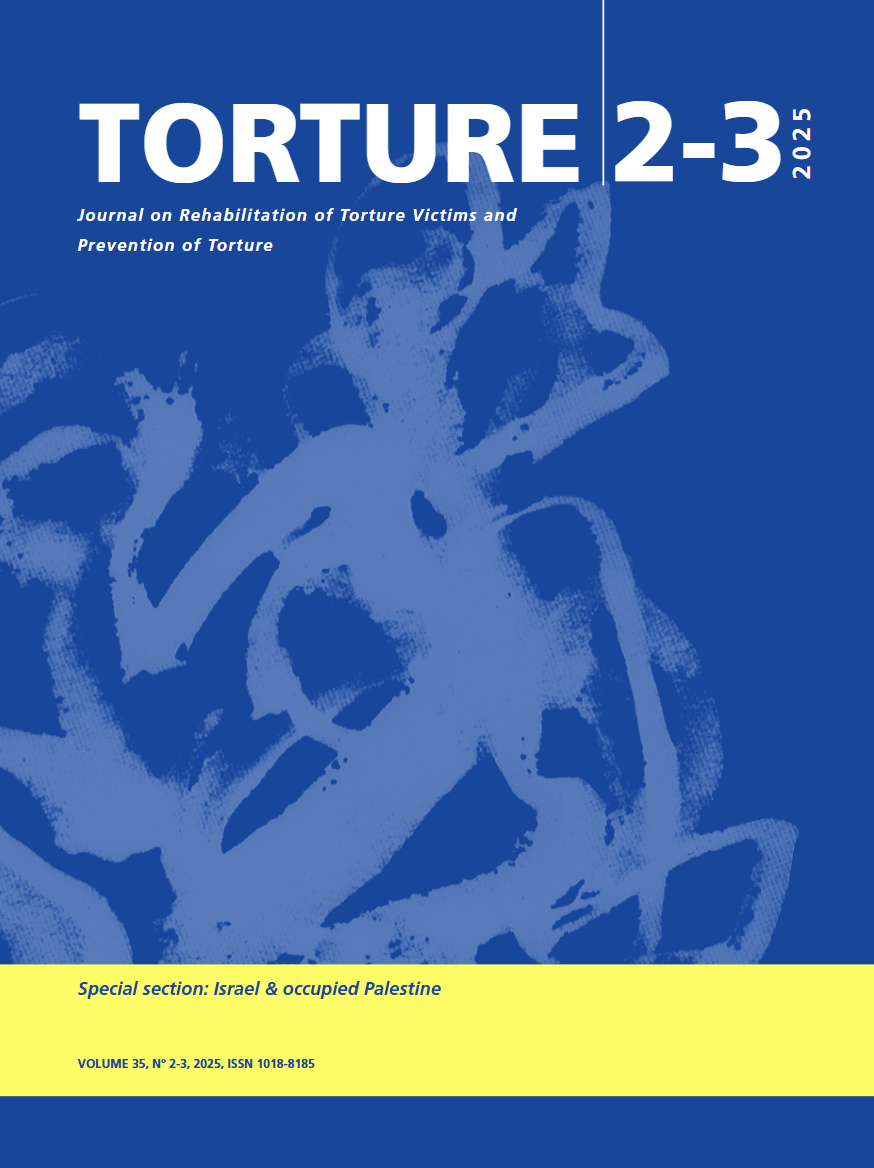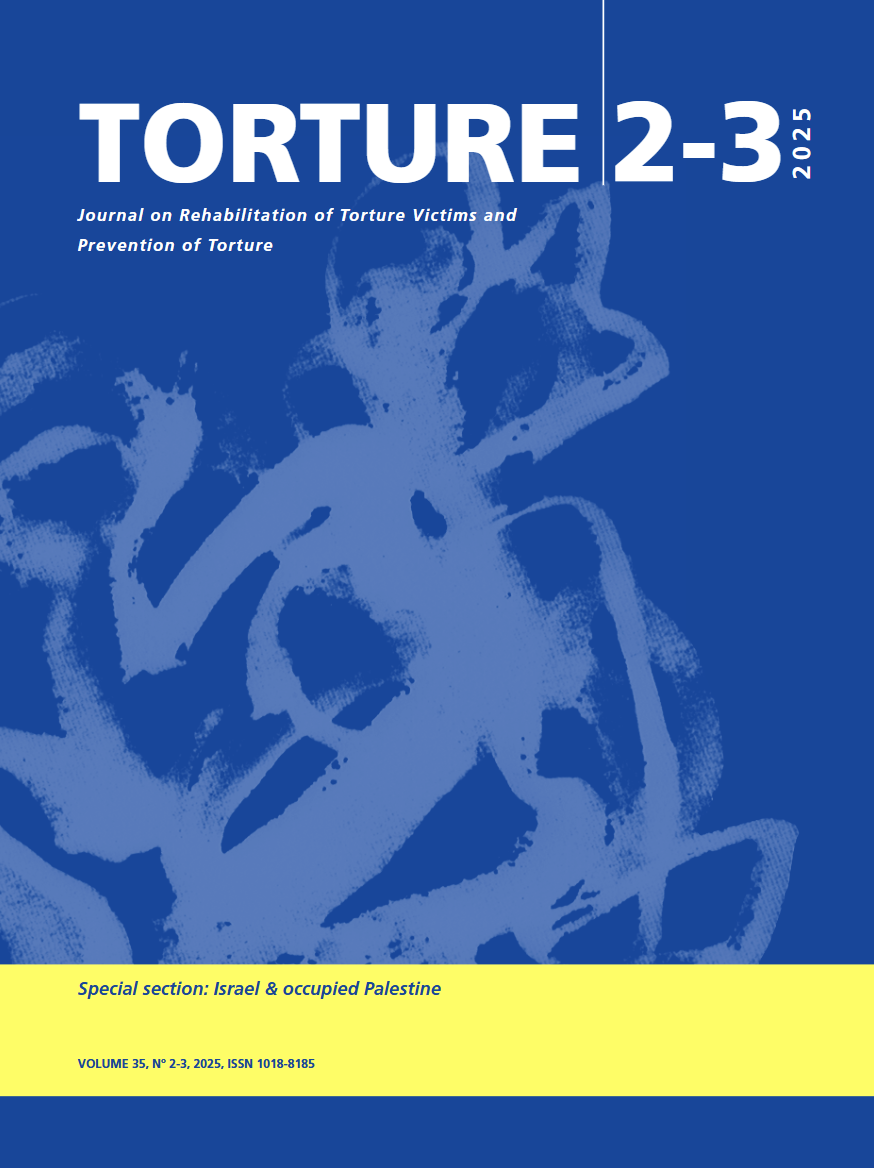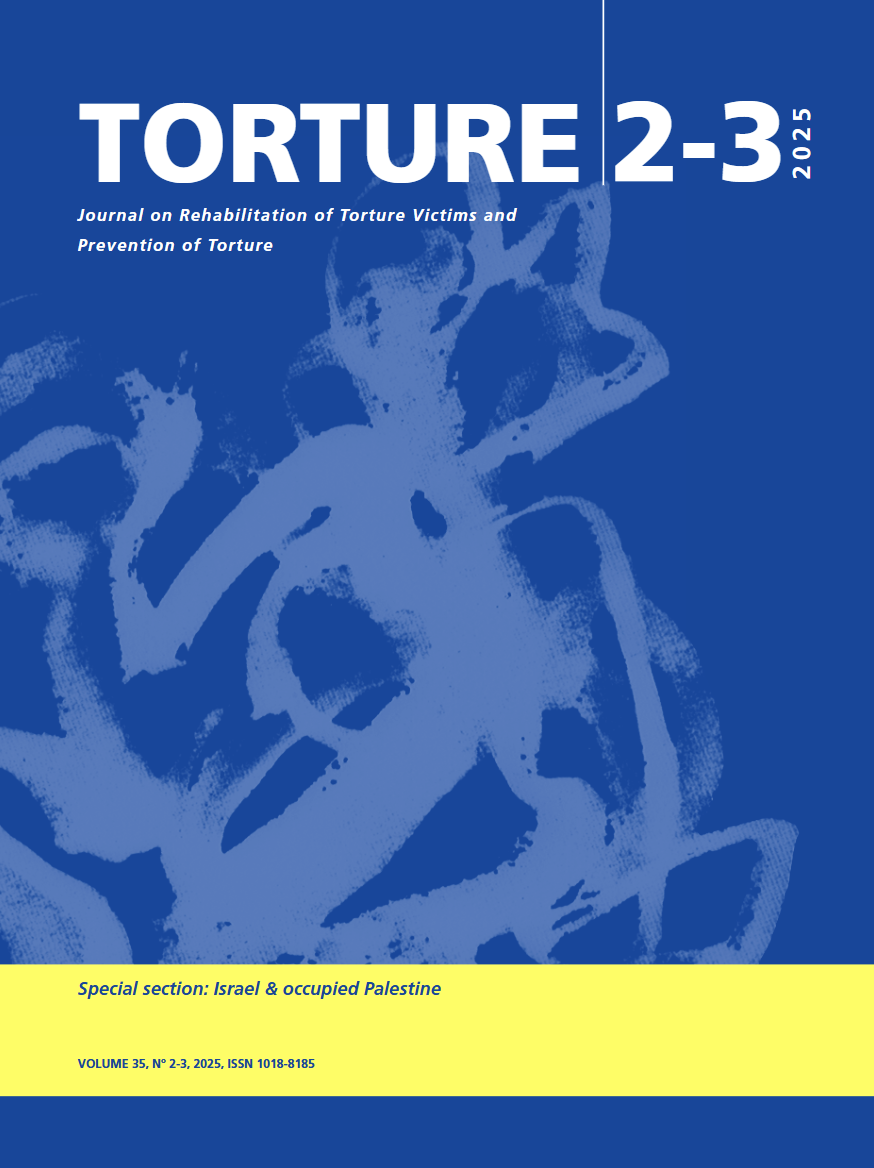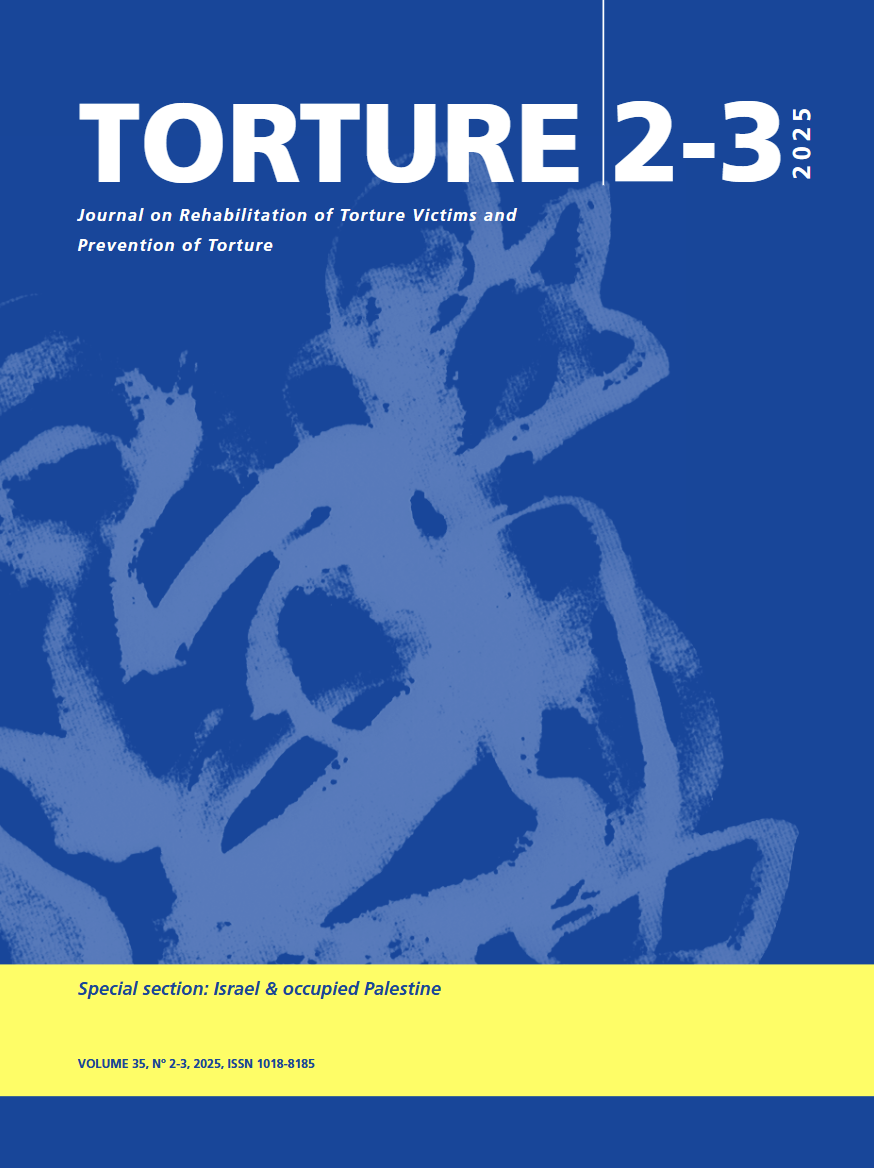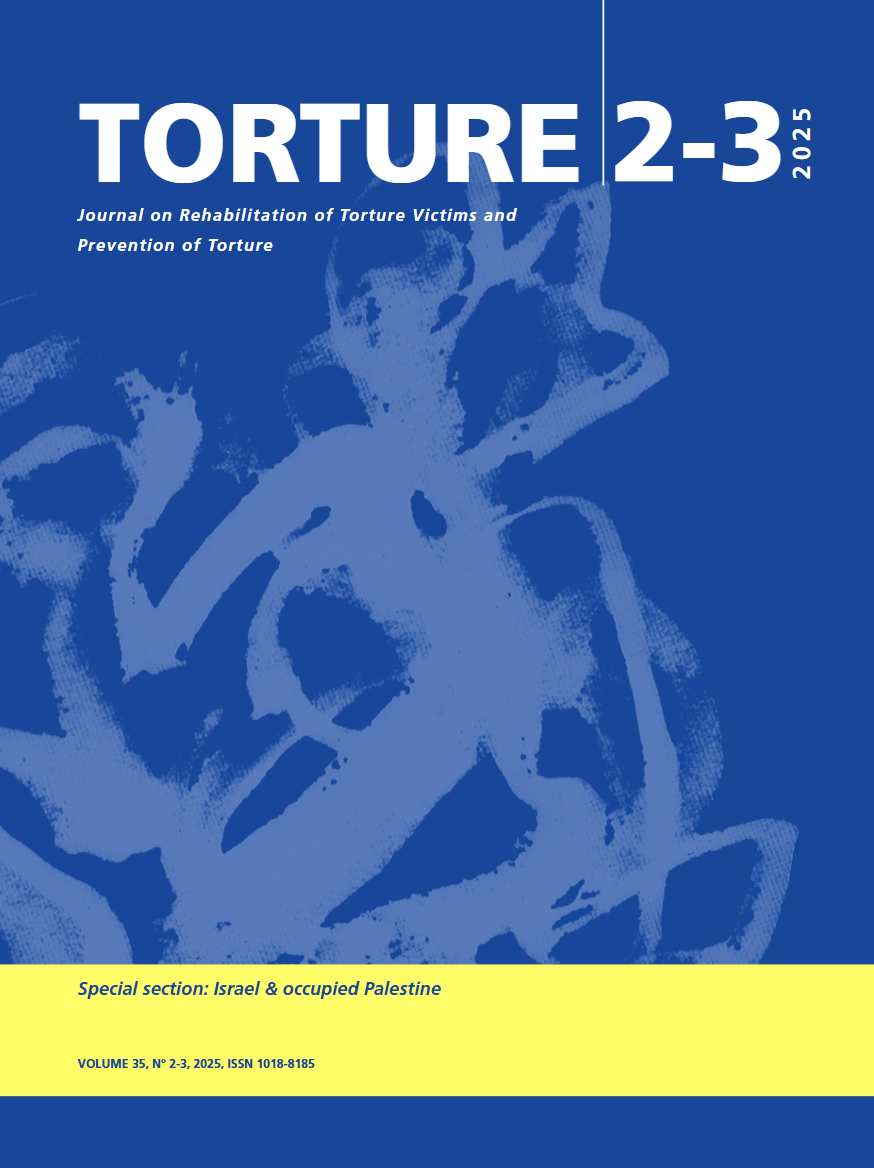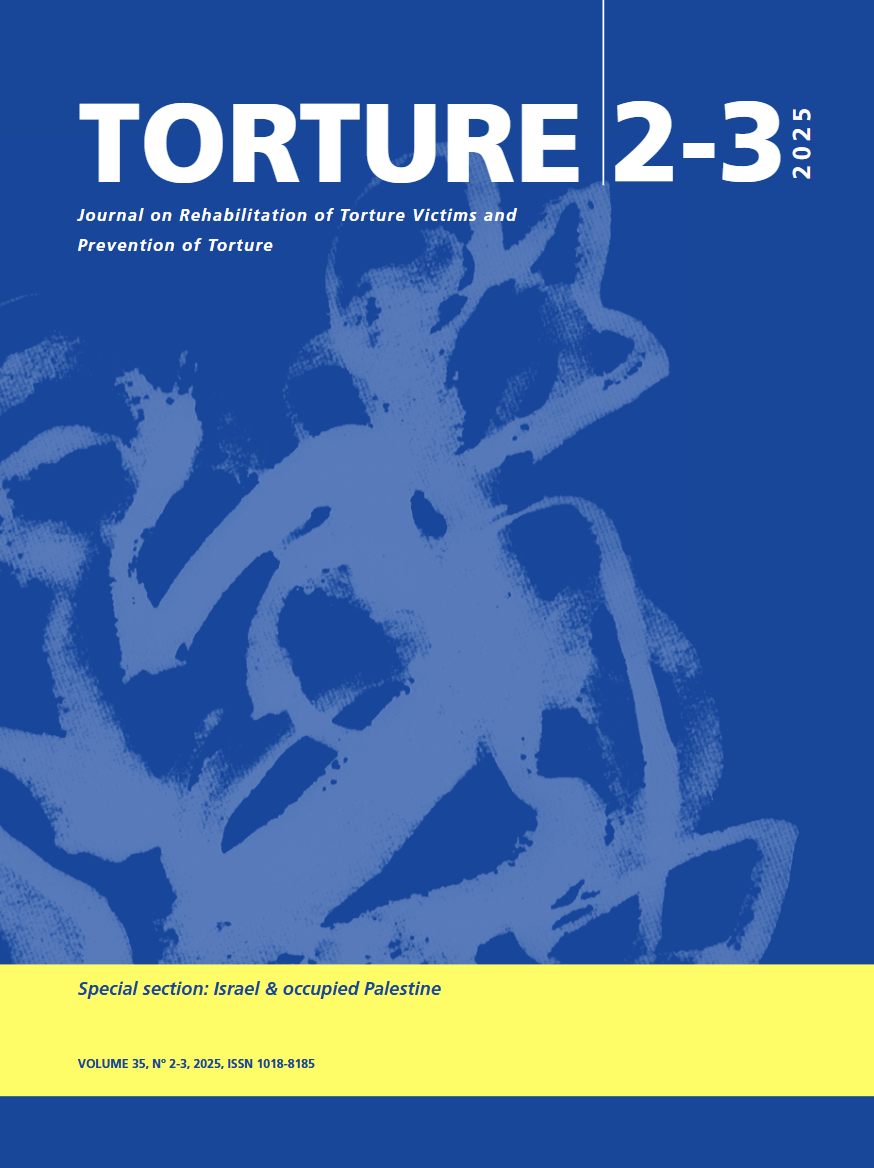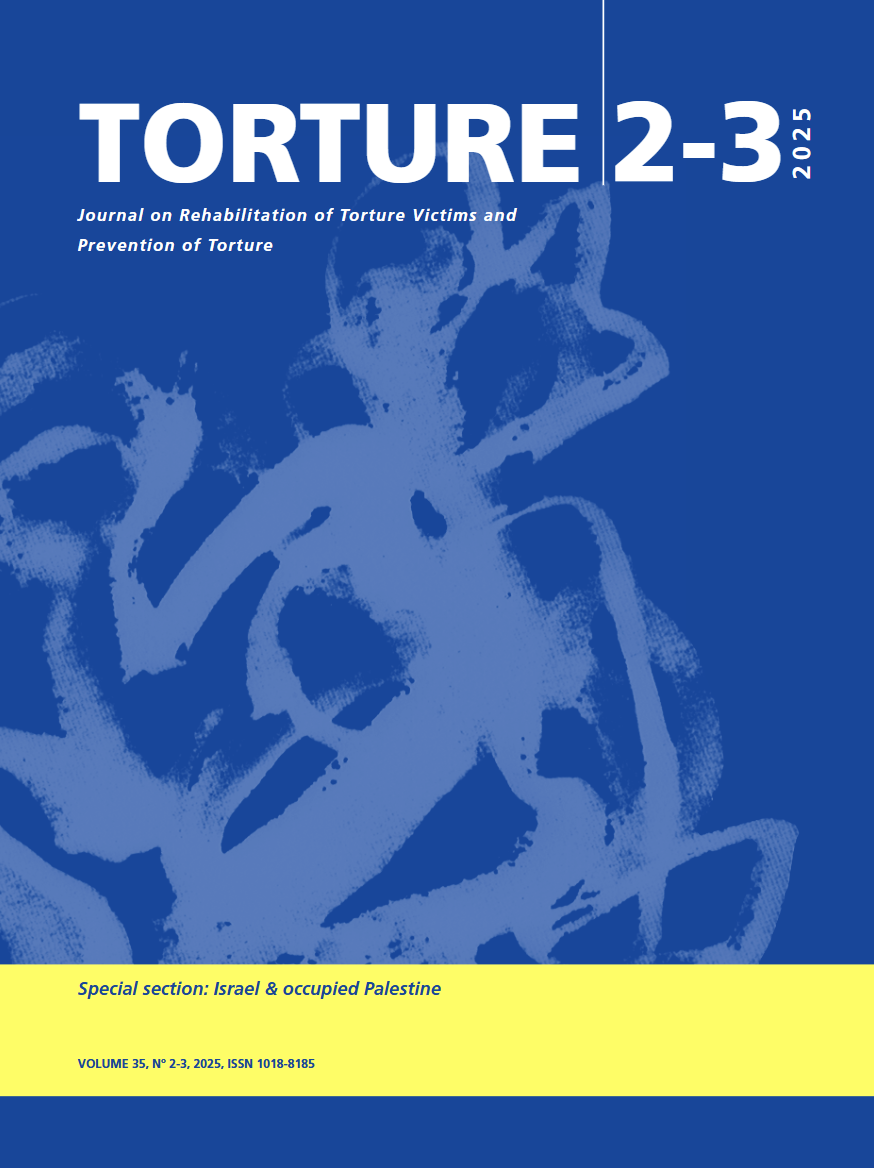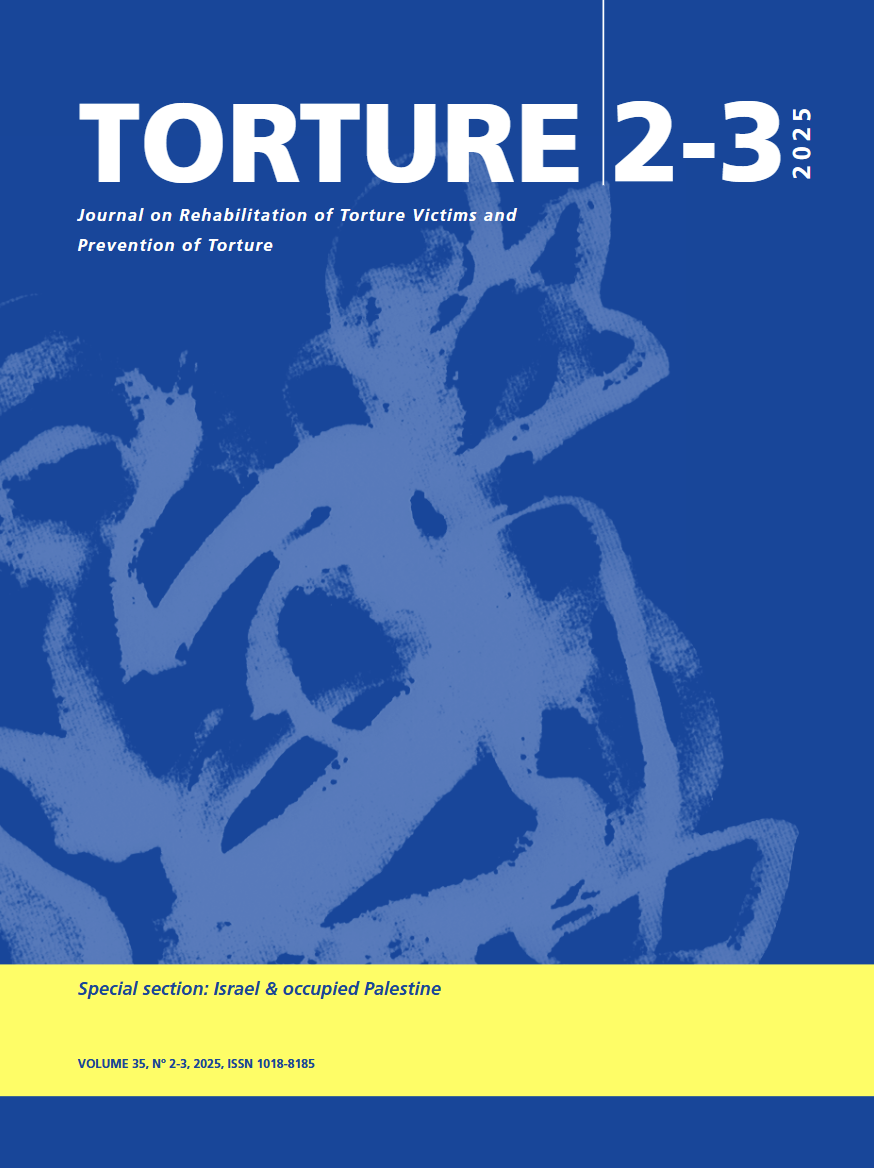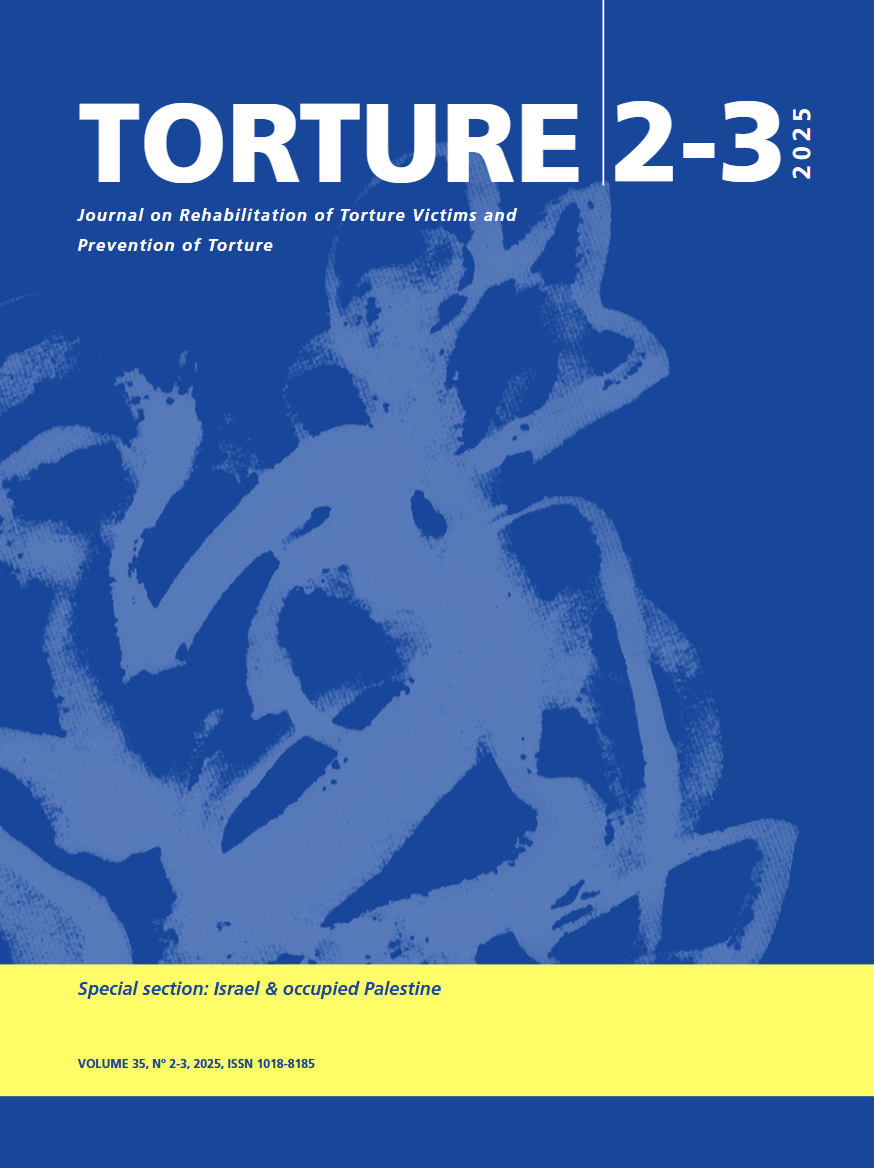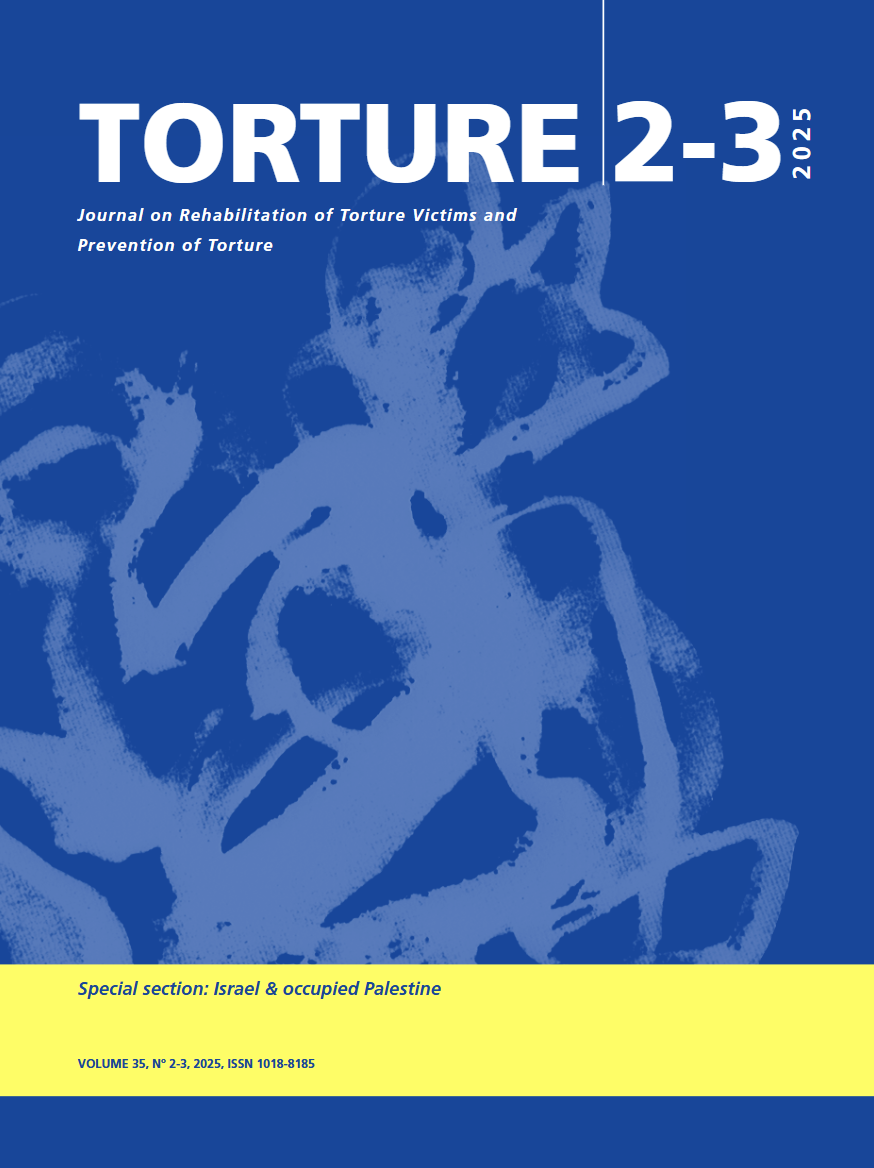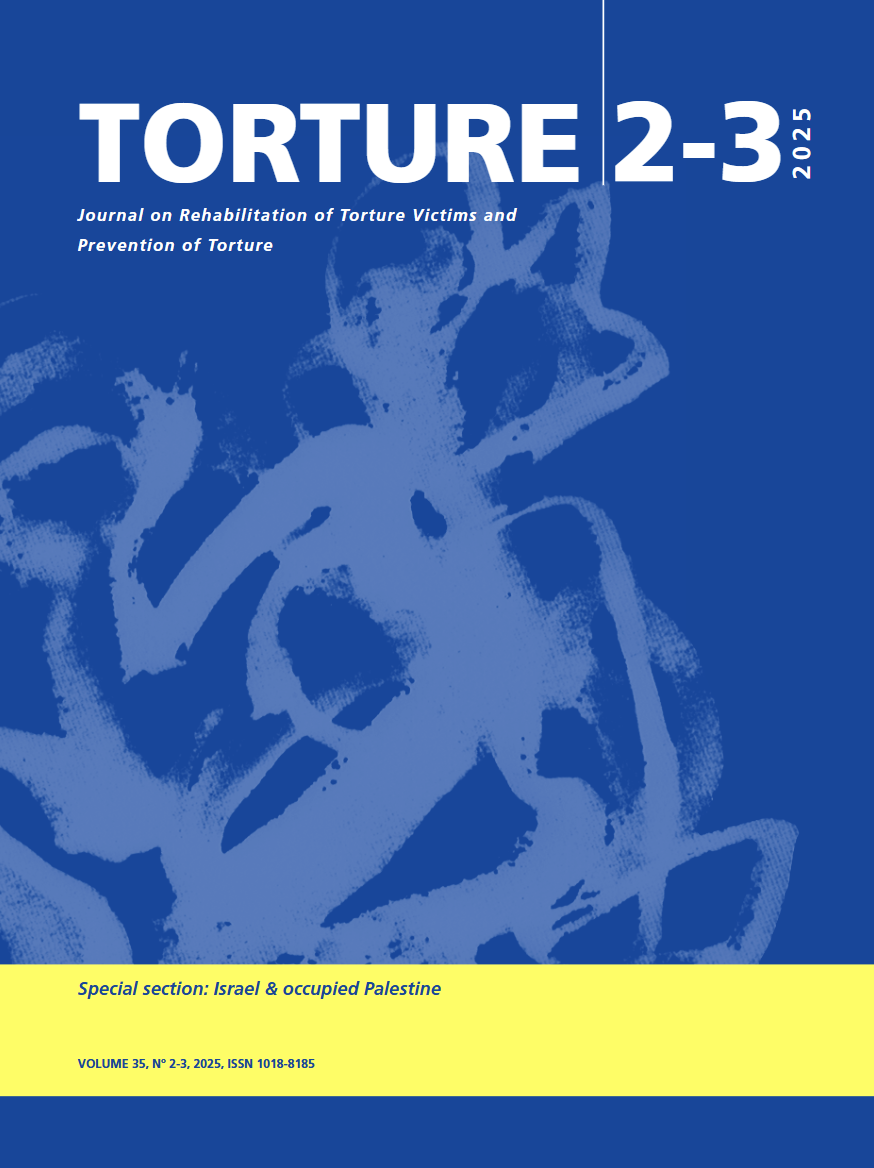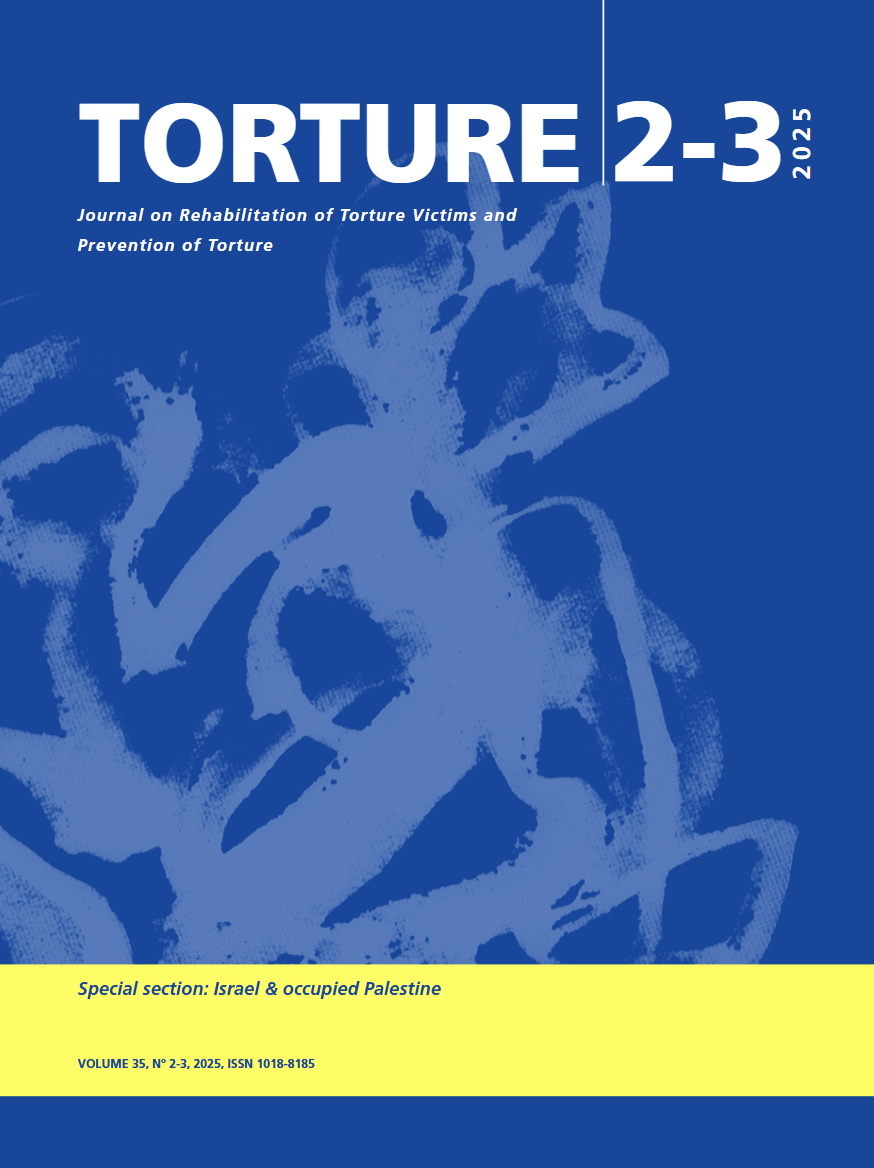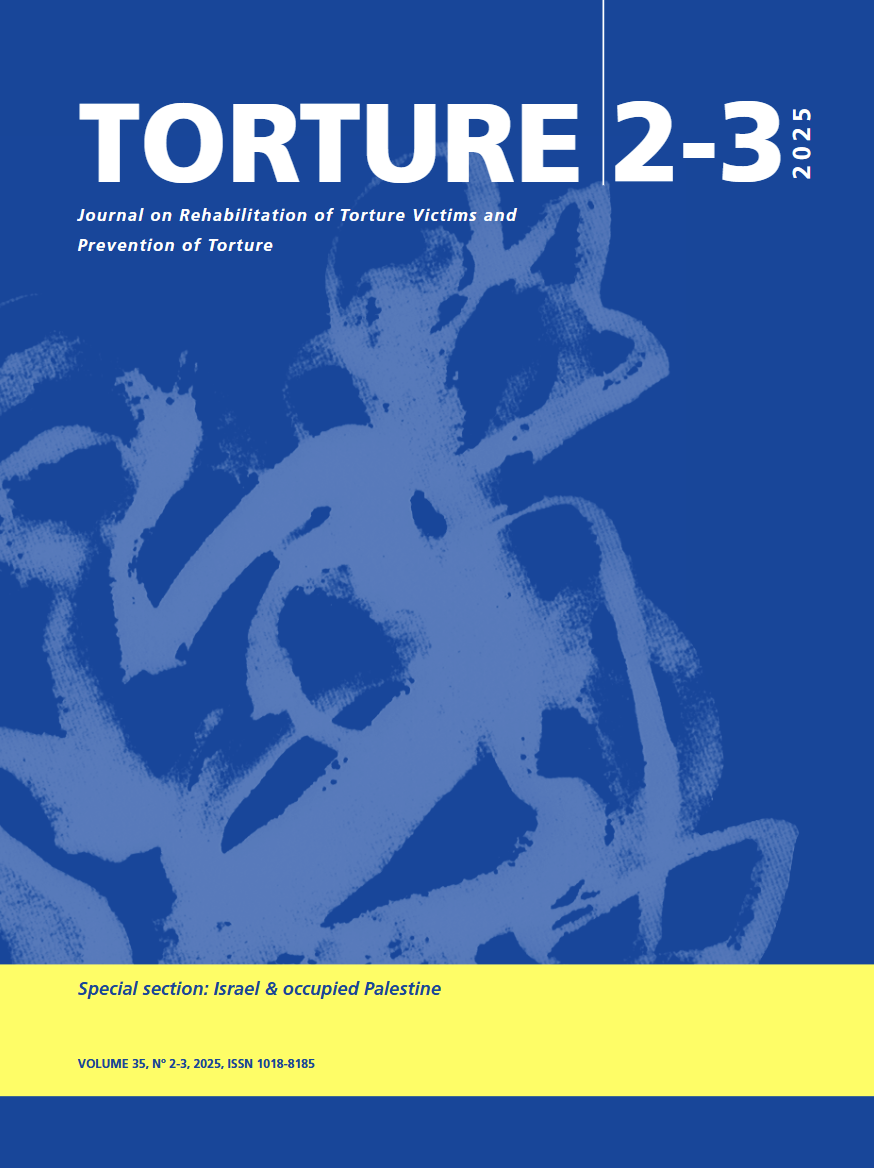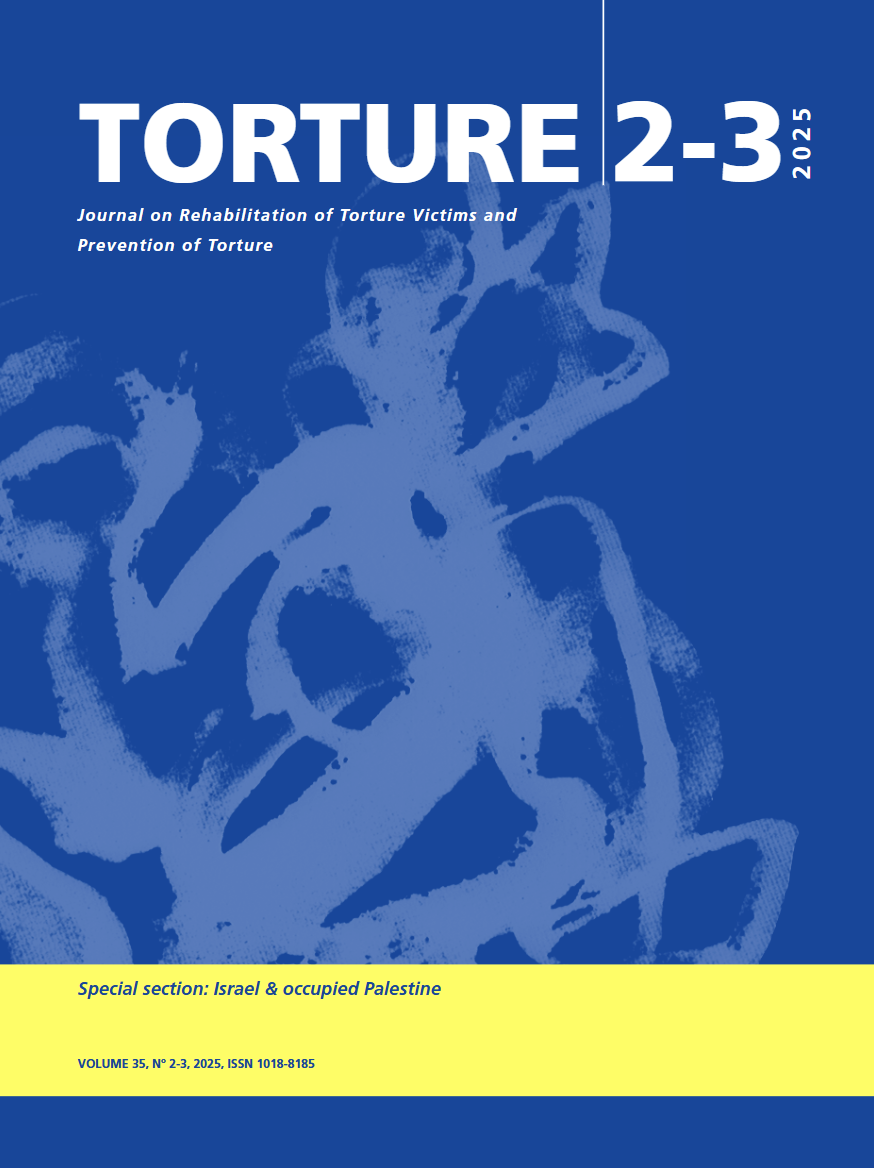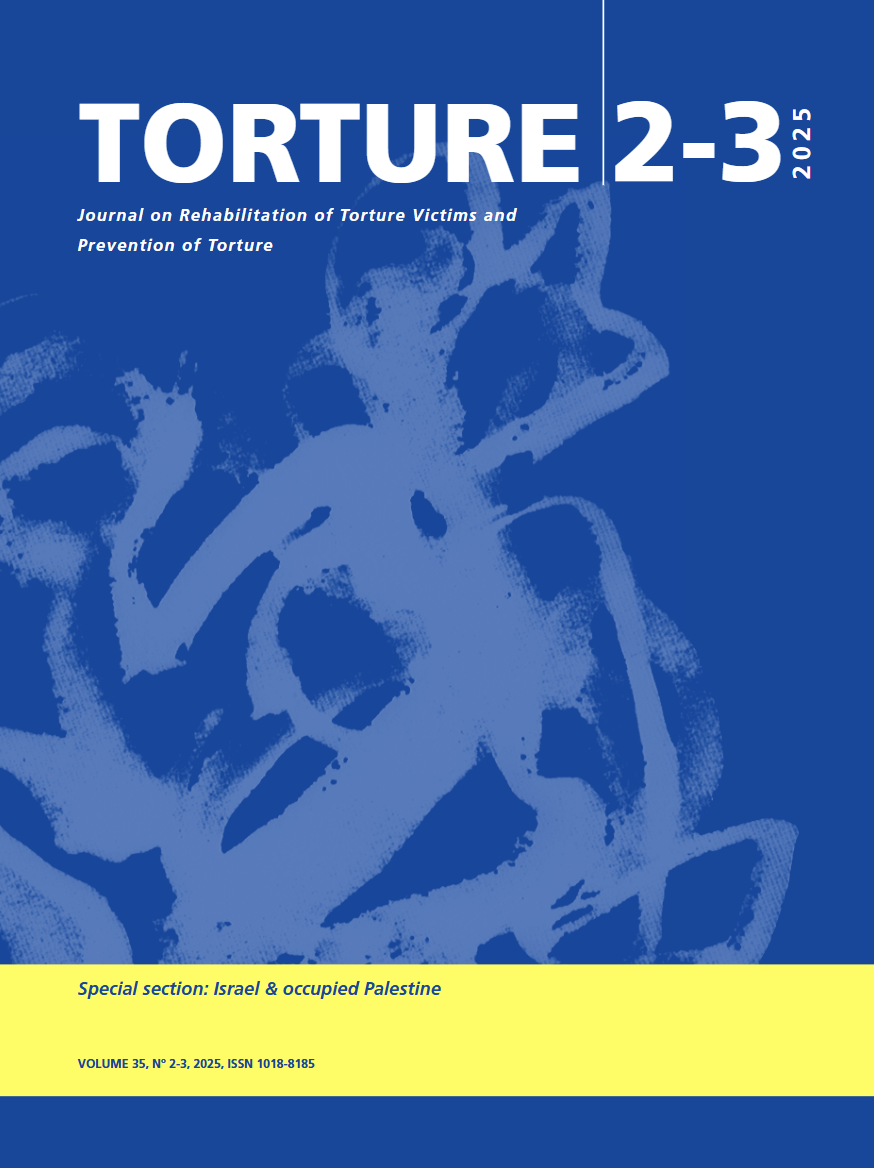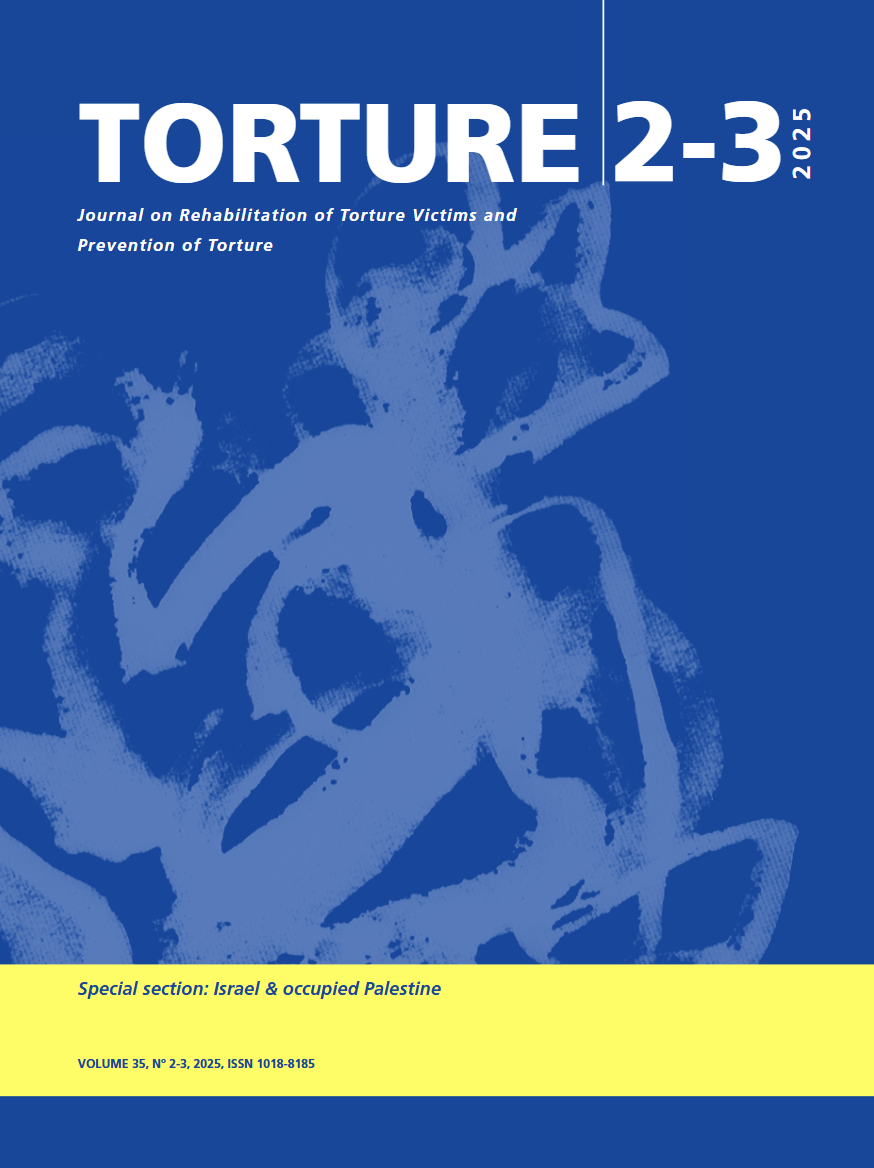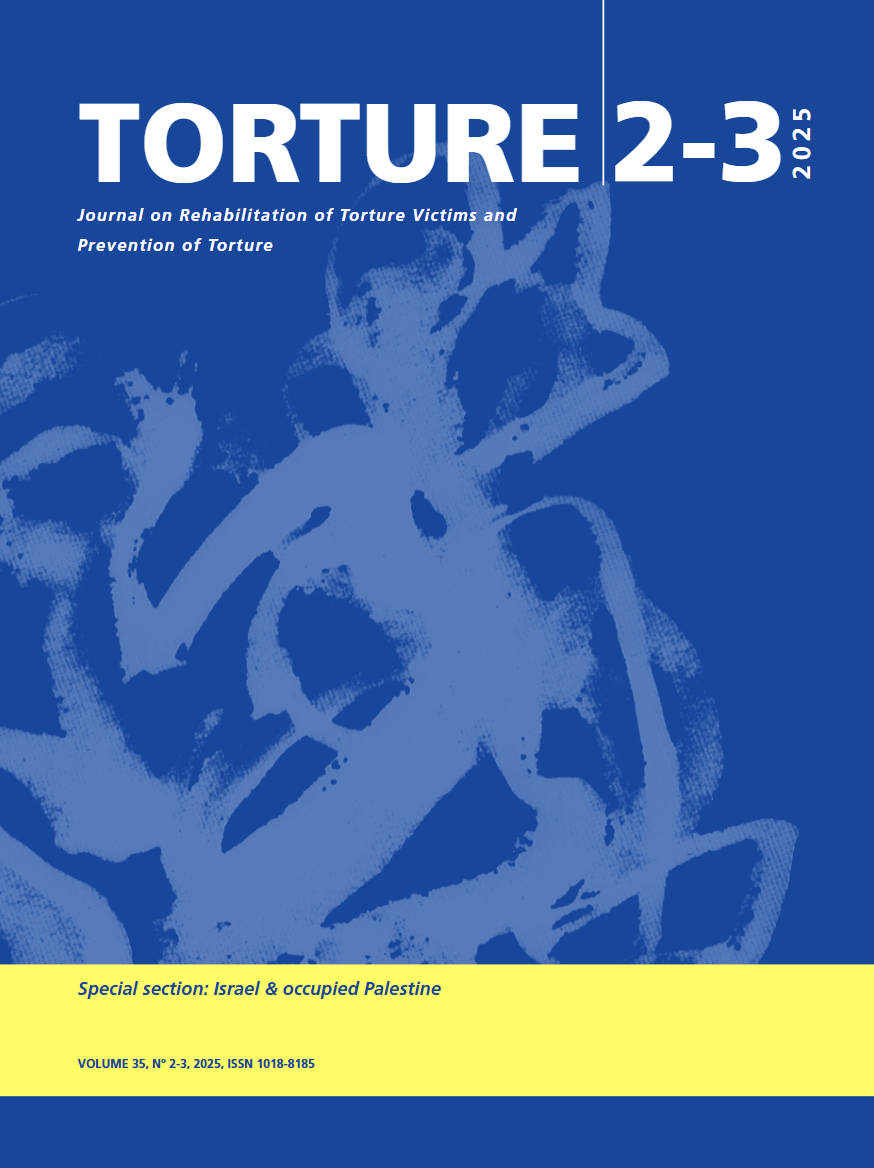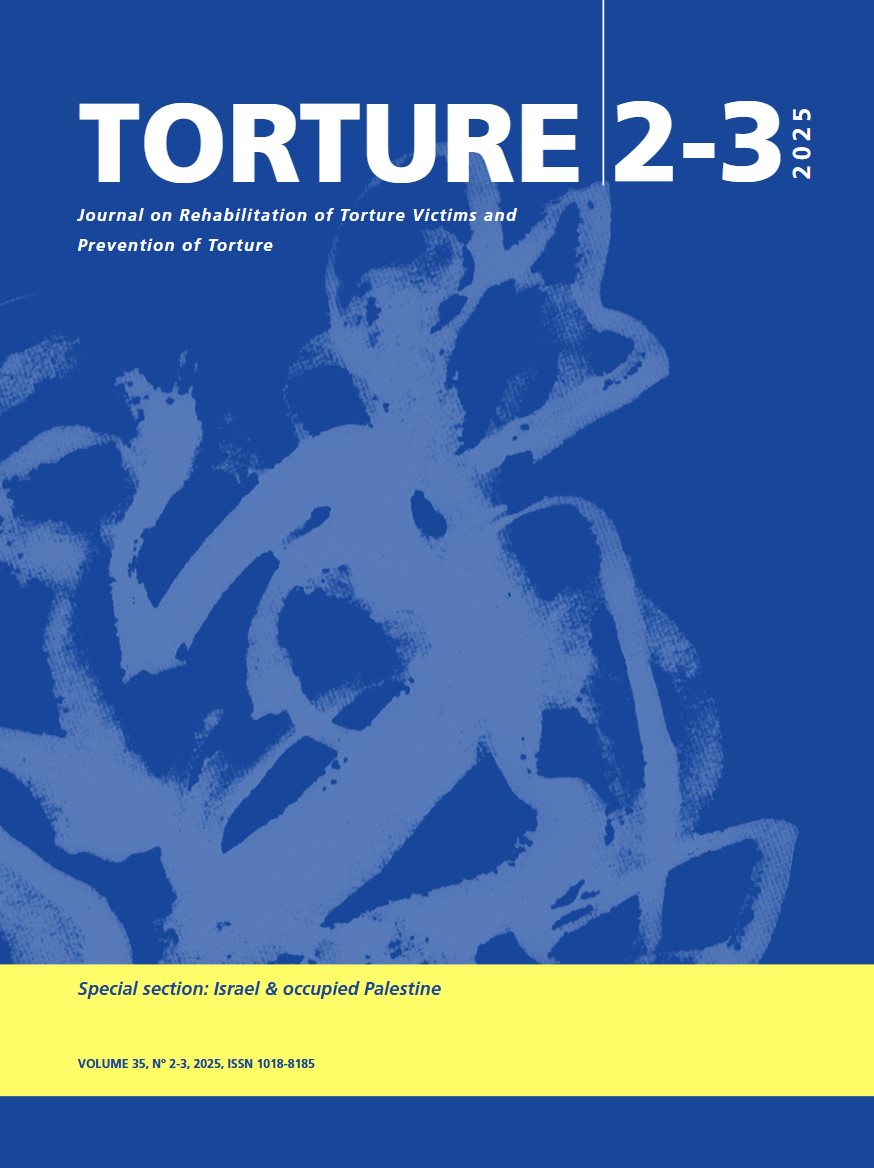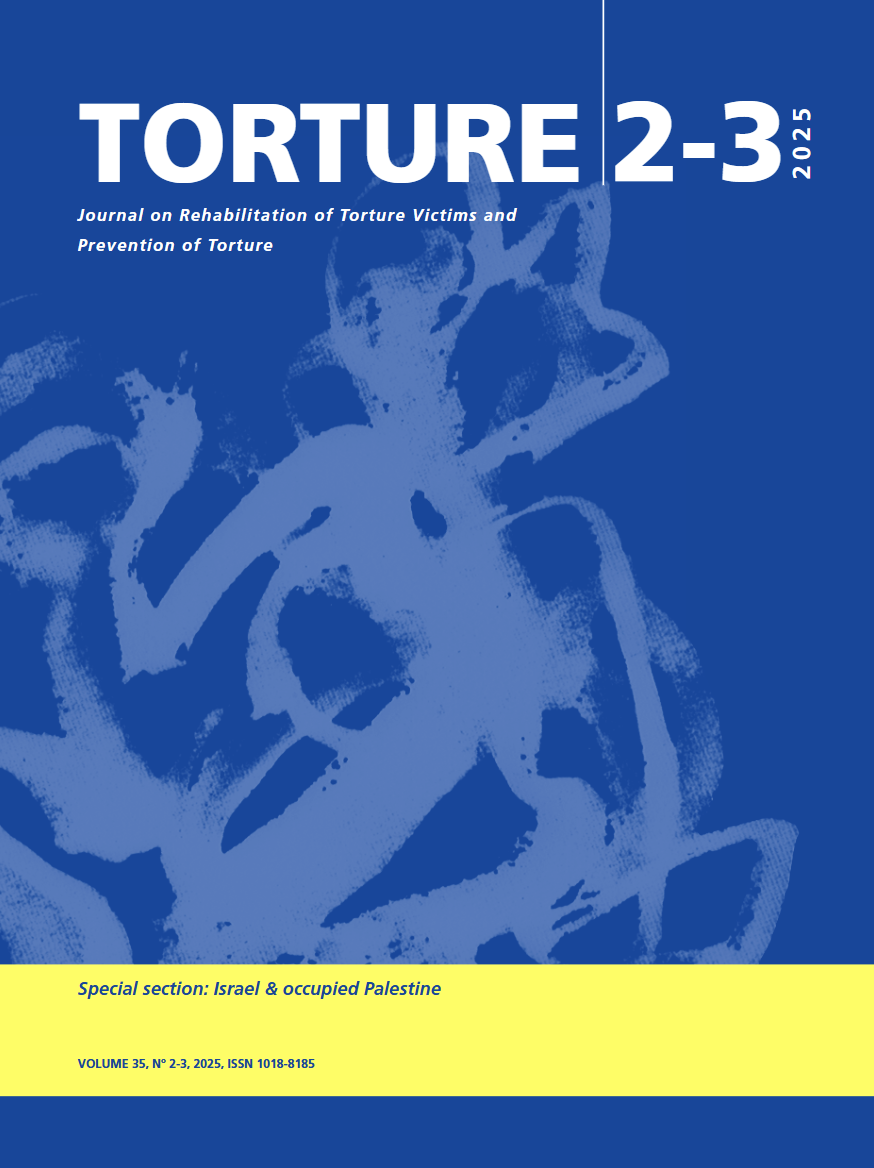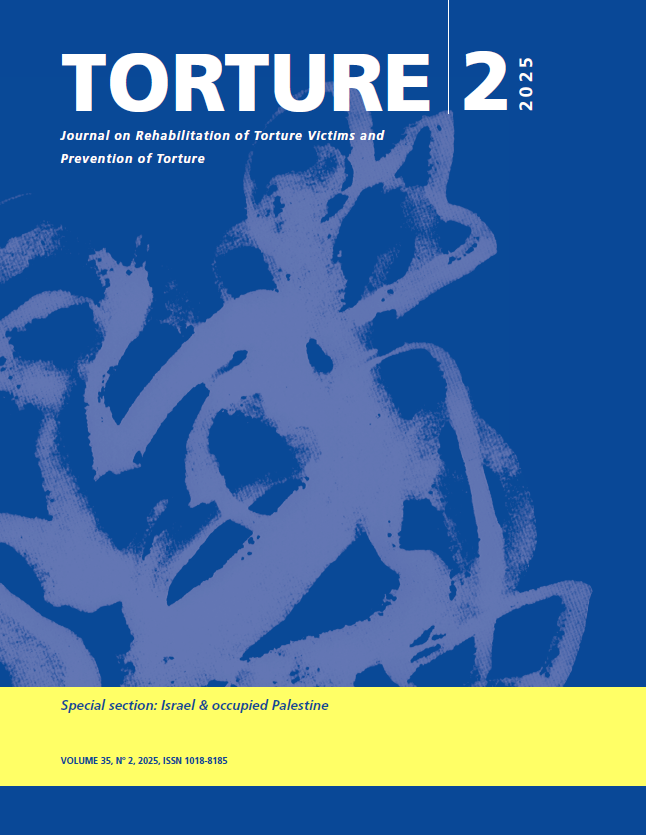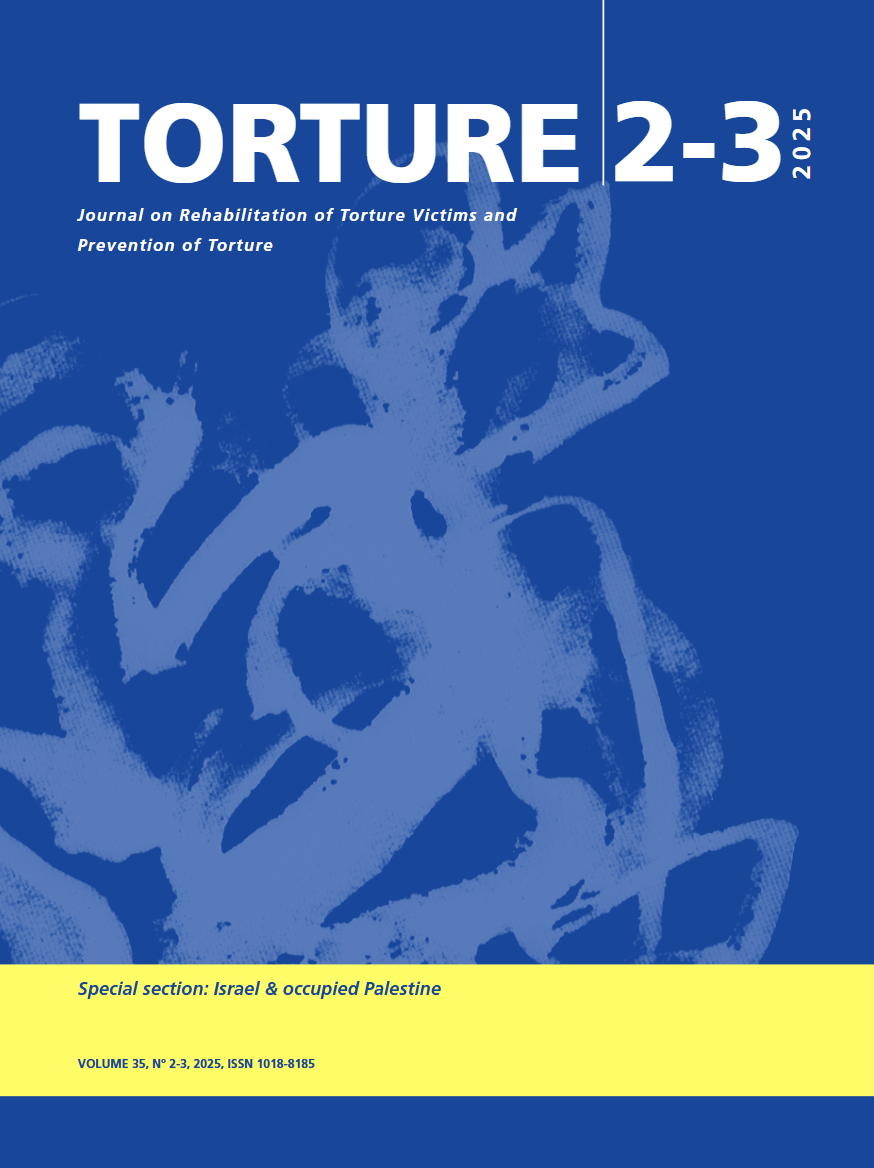CALLING FOR PAPERS!
Submission guidelines and links
- Submit your paper here: https://tidsskrift.dk/torture-journal/about/submissions
- Author guidelines can be found here: https://irct.org/wp-content/uploads/2023/01/Torture-Journal-formatting-checklist-for-author-v0-updated-Jan-2019-OTH.pdf
- Read more about the Torture Journal here: https://irct.org/global-resources/torture-journal
- For general submission guidelines, please see the Torture Journal website. Papers will be selected on their relevance to the field, applicability, methodological rigor, and level of innovation.
For more information
Contact Editor-in-chief (pauperez@runbox.com) if you wish to explore the suitability of a paper.
About the Torture Journal
Please go to our website (https://irct.org/torture-journal/) devoted to Torture Journal readers and contributors – to access the latest and archived issues.
Read more about CALLING FOR PAPERS!
